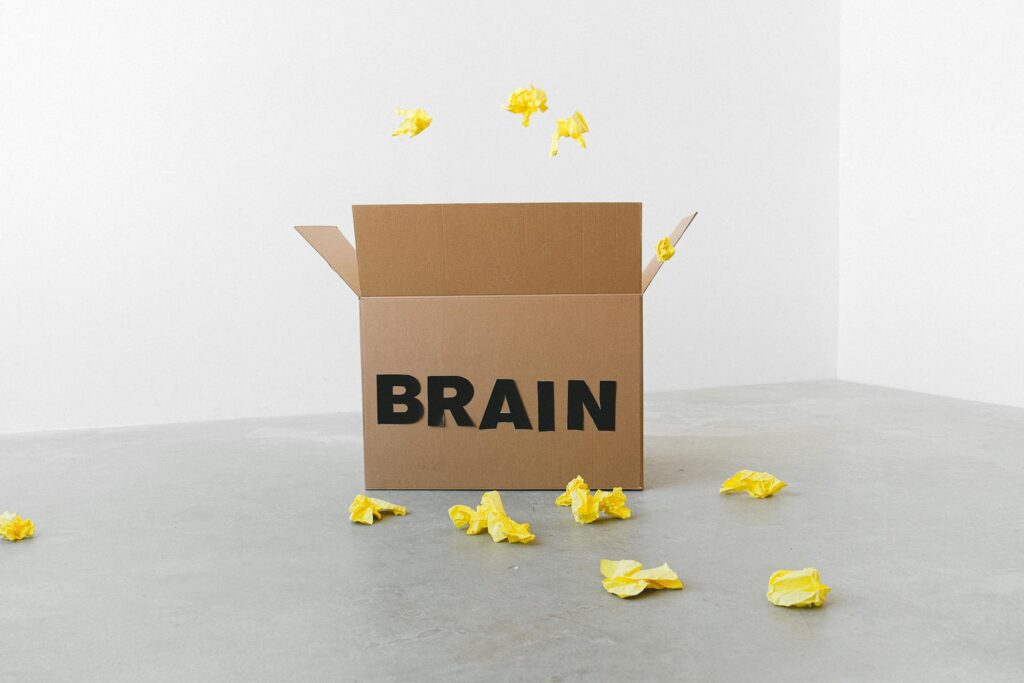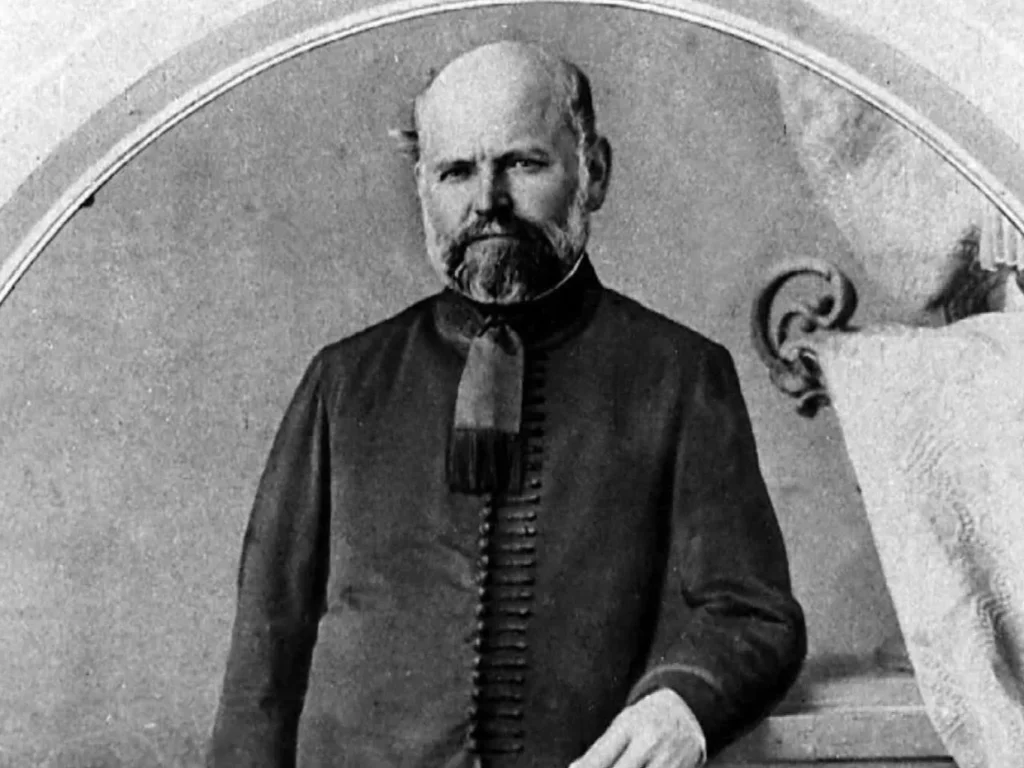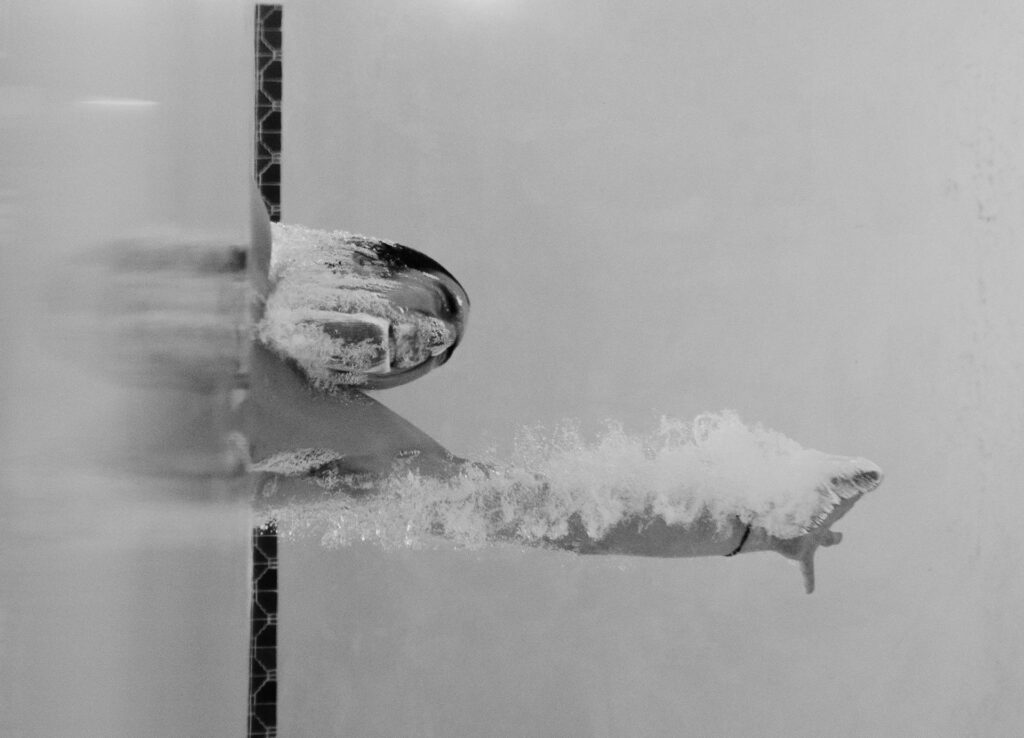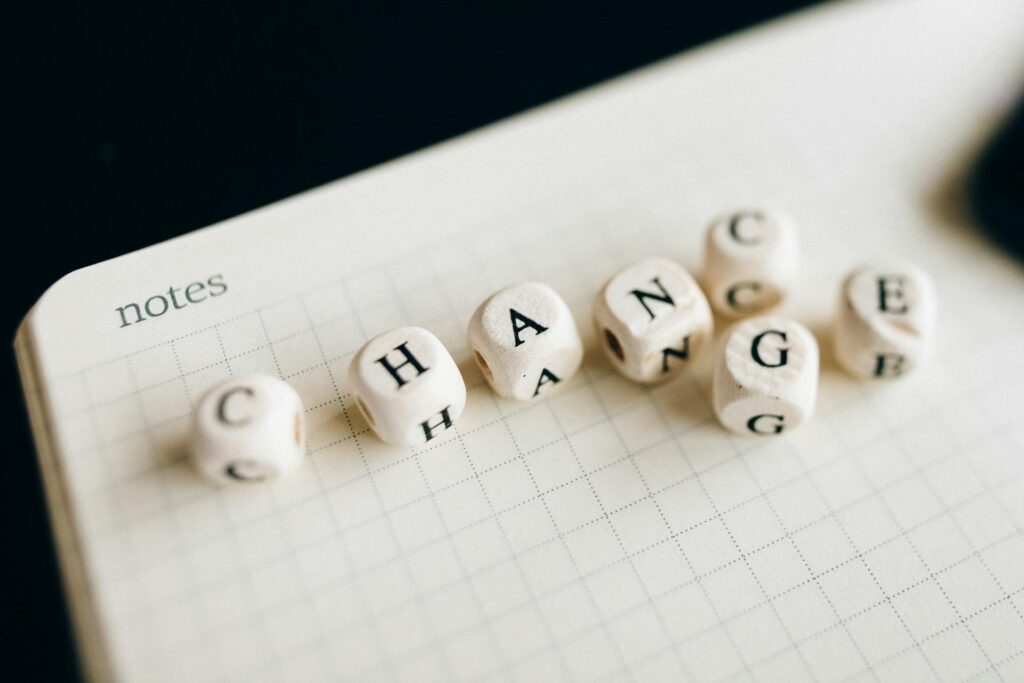The physicist Max Planck once made a striking observation:
“A new scientific truth does not triumph by convincing its opponents and making them see the light, but rather because its opponents eventually die, and a new generation grows up that is familiar with it.”
It sounds grim, but he had a point. Change is rarely easy.
The status quo carries momentum. It doesn’t give up its place willingly. To create real transformation, it’s not enough to simply point toward a better future; you have to unseat what people already trust and find comfort in.
That means facing resistance. Some of it logical, much of it not.
Neuroscience, psychology, and economics together show us what this resistance is made of and why we struggle to adapt. It isn’t just stubbornness; it’s built from three deep-rooted forces that keep the old ways in place:
- The Brain: Our hardwired neural habits.
- The Culture: The social expectations that bind us.
- The Economics: The costs we fear, both real and imagined.
To make meaningful change, we first have to understand these hidden forces.
Contents
The Synaptic Barrier: Your Brain Is Wired for the Past

We like to believe we see the world as it really is, that we absorb information, store it as knowledge, and adjust as new facts come along.
But that’s not quite how the brain works.
In truth, our brains are expert filters. We block out most of what we experience so we can focus on what seems most relevant. Forgetting isn’t a flaw, rather a feature that lets us concentrate on what matters.
Over time, this filtering shapes how we think.
What we call knowledge is really a set of physical connections in the brain, networks of neurons linked by synapses. These connections grow stronger the more we use them and weaken when we don’t.
Neuroscientists often summarize it simply: “Neurons that fire together, wire together.”
Each time we repeat a thought or behavior, we reinforce that neural pathway. Eventually, it becomes a well-paved mental highway. And since the brain loves efficiency, it will always prefer that highway over exploring a new route.
This is one of the main reasons we struggle to adapt.
As we move through life, our mental models solidify. What once began as a helpful shortcut becomes “the right way” to think or act. New ideas, those untested, narrow trails through the jungle of our minds, get ignored.
The effect grows stronger when we link our success to these established models. If the highway has always taken us where we need to go, why risk a detour down an uncertain path?
That’s the synaptic barrier. The brain’s own resistance to change.
It’s why unlearning can be just as vital as learning. To truly grow, we must actively weaken old neural patterns before new ones can take hold.
Real progress doesn’t come only from adding more knowledge; it comes from having the courage to let go of what once worked.
The Cultural Barrier: Your Tribe Is Stronger Than Facts

Our brains don’t operate in isolation. While our past experiences shape our neural wiring, the people around us strengthen and reinforce those patterns.
A classic set of experiments from the 1950s demonstrated this power vividly. Psychologist Solomon Asch invited groups of students at Swarthmore College to take part in a simple visual test. They were shown a line and asked to choose which of three comparison lines matched it in length.
The answer was obvious, until the twist. Only one person in each group was a true participant; the rest were actors instructed to give the same wrong answer.
What happened? The real participant went along with the group’s incorrect choice over a third of the time. They knew the answer was wrong, but the pressure to fit in overpowered their own perception.
The strongest predictor of what we believe or do is often what the people around us believe or do.
And this influence runs deep. Research suggests that social effects ripple through up to three degrees of separation, meaning your friend’s friend’s friend can still shape your behavior and opinions, even if you’ve never met.
This deep drive to conform is a major obstacle to change.
In How Minds Change, author David McRaney explored this phenomenon in some of its most extreme forms. He studied people who had once been part of cults or deeply entrenched conspiracy movements. Presenting them with facts didn’t help. In fact, it often made them more defensive.
What did work was a change in their social world. When they stepped away from the group and built new relationships, their old beliefs often dissolved on their own. Their thinking shifted not because of new evidence, but because of new connections.
Just as our neural pathways protect the familiar, so do the cultural networks we inhabit. Our “tribes” anchor us to what we already know, and that can make adapting to new realities far harder than it seems.
The Cost Barrier: The High Price of “New”

The last (and often the most visible) barrier to change is cost. Real, measurable cost. It’s one of the strongest forces keeping us from adapting.
A striking example comes from Princeton University. For more than a century, its main library used a cataloging system of its own design. It took 120 years for the university to finally switch to the standard Library of Congress system.
Why the delay? The effort and expense required to reclassify every single book were simply too great. That’s an extreme case, but the same kind of friction exists in nearly every attempt at change.
And those costs aren’t just financial. They’re psychological, too.
First, there’s loss aversion. Psychologists Daniel Kahneman and Amos Tversky discovered that we feel the pain of loss more intensely than the pleasure of an equivalent gain. Losing $50 stings far more than finding $50 delights us. The certainty of the status quo feels safe, while change offers only a risky promise of improvement. So our brains stick with what’s familiar.
Second, there’s the availability heuristic. We tend to focus on what’s most immediate and concrete. The costs of change are right in front of us: the time, money, and effort required. The benefits, on the other hand, are distant and abstract. We naturally overvalue the short-term cost and undervalue the long-term reward.
Finally, the status quo has had years, sometimes decades, to cement itself into our systems and institutions. Textbooks have been written around it. Procedures and best practices are built on it. Entire infrastructures exist to support it.
So when something truly new arrives, it’s not just the idea that must shift the entire ecosystem built to sustain the old one.
Case Study: The Doctor Who Knew Too Much

Few stories capture the struggle to adapt as painfully as the tale of Ignaz Semmelweis.
In the 1840s, Semmelweis was a young physician at the Vienna General Hospital, where he faced a horrifying puzzle. The hospital had two maternity wards:
The first clinic, staffed by doctors and medical students.
The second clinic, run by midwives.
The difference between them was staggering. In the midwives’ ward, the death rate from “childbed fever” hovered around 4%. In the doctors’ ward, it soared as high as 18%, sometimes even higher. Women were dying at an alarming rate, and the reputation of the doctors’ clinic grew so grim that expectant mothers begged to be assigned to the midwives instead.
Semmelweis became consumed by the mystery. He tested every possible explanation, from overcrowding to ventilation, and found nothing that fit, until tragedy struck.
A fellow doctor accidentally cut his hand during an autopsy on a woman who had died of childbed fever. Within days, the man developed the same symptoms and died.
Suddenly, everything clicked for Semmelweis. The physicians and students were moving straight from autopsies to deliveries, unknowingly carrying “cadaverous particles” from corpses to their patients. The midwives, who never performed dissections, were spared this contamination.
His solution was brilliantly simple: wash hands with a chlorinated lime solution before examining patients.
The effect was immediate and dramatic. Mortality in the doctors’ ward dropped by 90%, matching the survival rates of the midwives’ clinic. Semmelweis had solved one of medicine’s deadliest mysteries.
Yet instead of praise, he met outrage. His peers rejected the idea outright, offended by the implication that doctors themselves were causing the deaths. They mocked his findings, ignored his data, and ultimately drove him from the hospital.
Semmelweis was right, but his truth arrived before the world was ready to accept it.
Why We Fail to Adapt (Even When Lives Are at Stake)

The “Semmelweis effect” is now a term used to describe our instinctive rejection of new evidence that challenges what we already believe. It’s a perfect, heartbreaking illustration of why we struggle to adapt, and how all three barriers come into play.
The Synaptic Barrier:
The doctors of Semmelweis’s time were trained under the miasma theory, which held that disease spread through “bad air.” Their mental models, reinforced through years of repetition and professional success, had no space for the idea of invisible contaminants carried on their own hands. When Semmelweis presented data that didn’t fit their framework, their brains did what human brains naturally do: they dismissed it.
The Cultural Barrier:
Social hierarchy made the problem worse. Semmelweis was young, unestablished, and his theory implied that respected, senior physicians were responsible for killing their own patients. It wasn’t just a scientific challenge; it was a direct threat to their identity and status. In defense, they closed ranks, attacked his credibility, and protected their professional “tribe.”
The Cost Barrier:
Accepting Semmelweis’s findings would have meant admitting catastrophic error and overhauling deeply ingrained routines. The cost of inaction, the continued loss of life, felt abstract and distant. The cost of change, on the other hand, was immediate, visible, and deeply personal.
And so, the institution did what institutions often do: it protected itself.
That is why, even when the stakes are life and death, we so often fail to adapt.
How to Actually Lead Change

Ignaz Semmelweis was a brilliant scientist, but a poor advocate for his own discovery.
Instead of trying to understand the resistance he faced, he fought it head-on. He wrote angry letters to senior physicians, accusing them of being “murderers” for ignoring his findings. Predictably, this only made things worse. The doctors felt attacked, their egos and identities threatened, and they dug in deeper. Their defensiveness hardened into outright rejection.
The ending was devastating. Semmelweis died in an asylum at just 47 years old, ironically from an infection similar to the one he had tried to prevent. It would take decades and millions of unnecessary deaths before germ theory finally gained acceptance.
The lesson is clear: passion and evidence aren’t enough to create change.
To lead real transformation, you have to be a skilled advocate. And that starts with understanding the barriers to adaptation you’re up against. Facts alone rarely change minds.
To address the synapses, you must help people unlearn. Offer them a new, clearer mental model that can replace the one they already trust.
To address the culture, understand the social fabric. Find allies, build trust, and make it safe for others to shift their loyalties. Attacking people’s identities only strengthens their resistance.
To address the cost, make change feel less risky. Lower both the real and perceived effort of adopting something new.
The pushback you encounter isn’t just obstinacy. It’s neurological, social, and economic.
Ignore these forces, and even the best ideas will die on the vine.
Understand them, and you can turn resistance into momentum. That’s the real key to leading change.